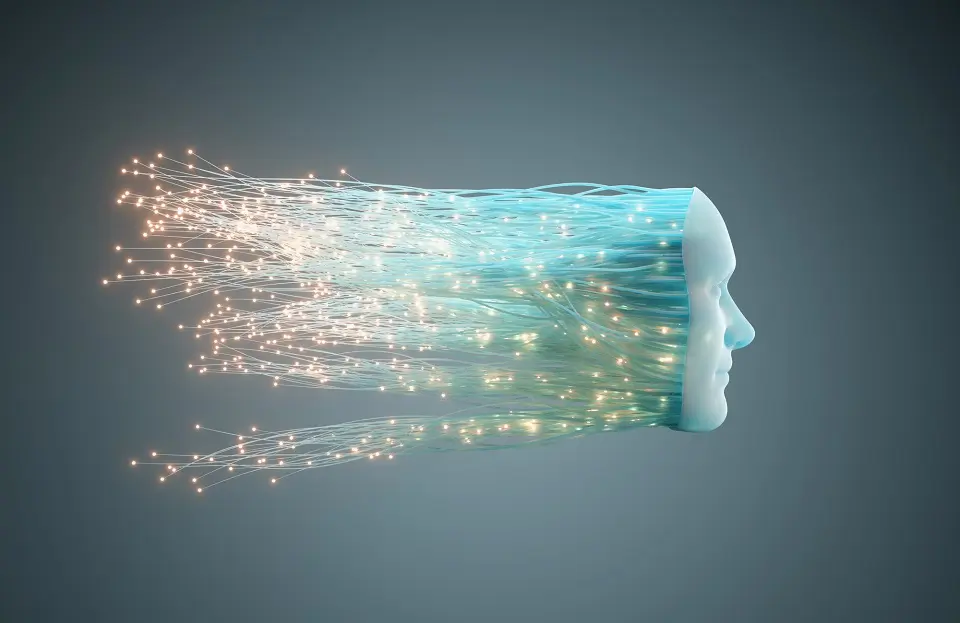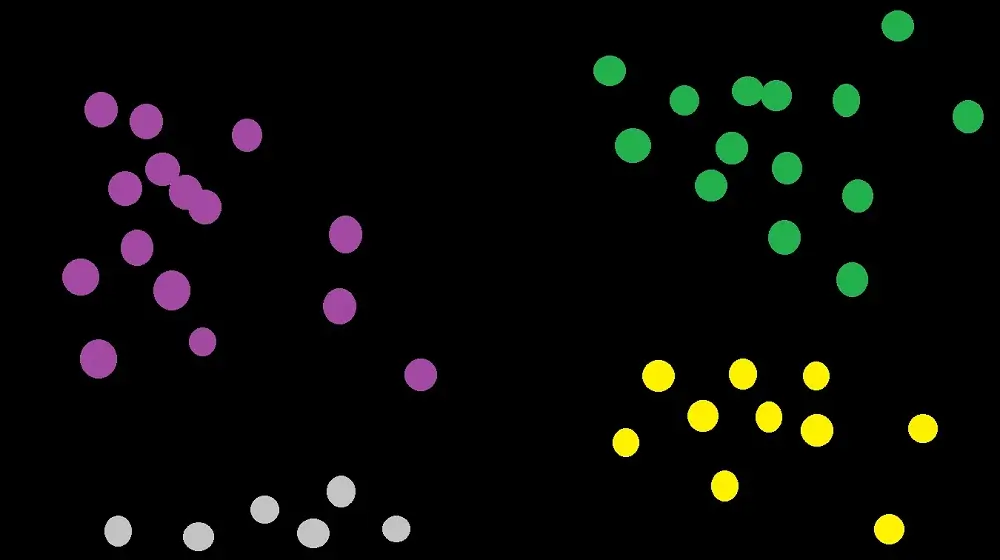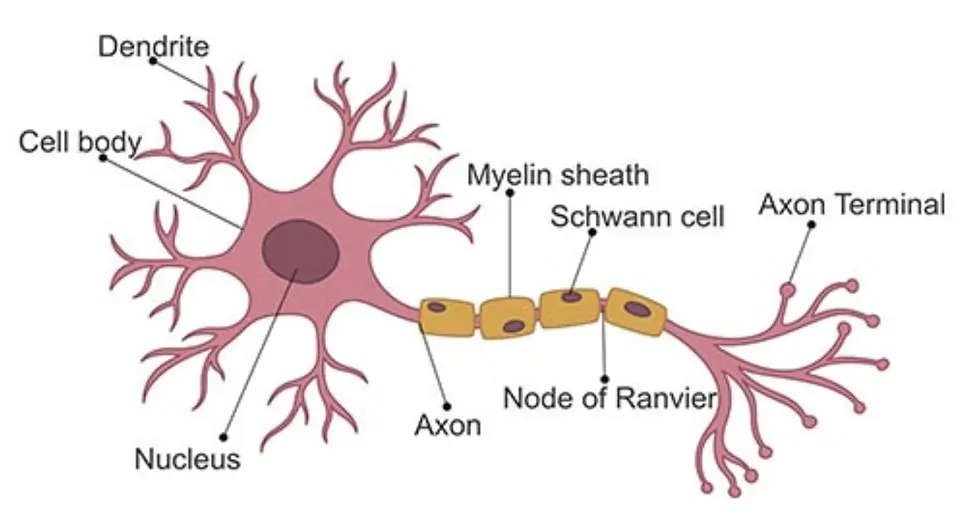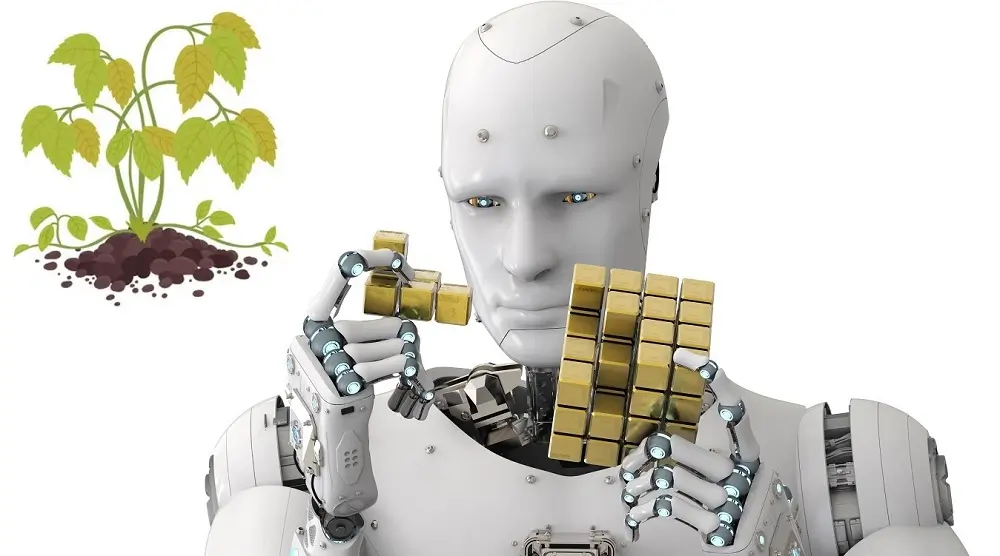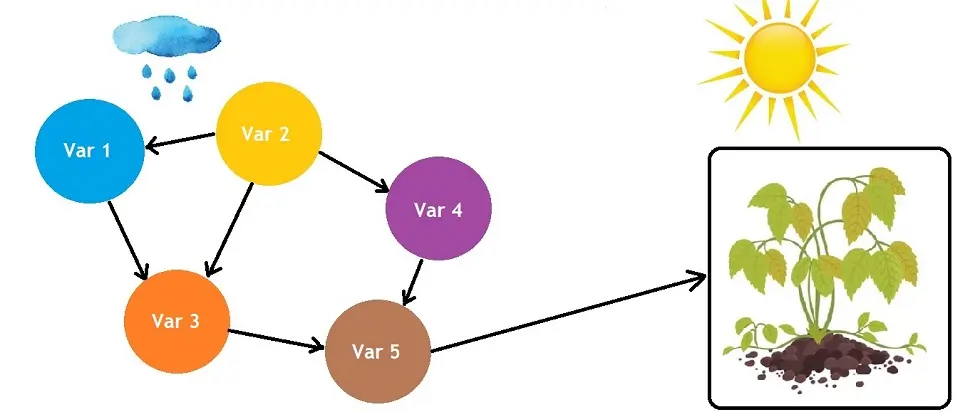K-Means Clustering for Unsupervised Machine Learning
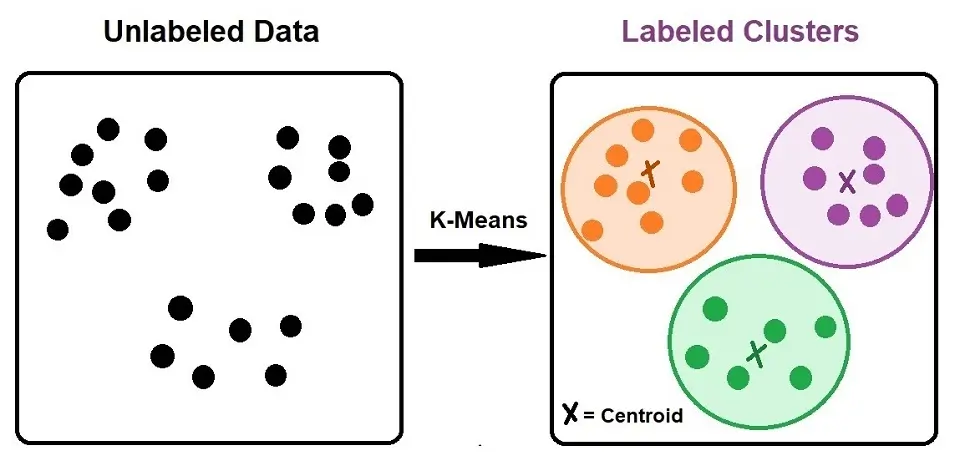
K-means clustering is a type of unsupervised learning when we have unlabeled data (i.e., data without defined categories or groups). Clustering refers to a collection of data points based on specific similarities. K-Means Algorithm K-means aims to find groups in the data, with the number of groups represented by the variable K. Based on the provided features, the algorithm works
Continue reading

